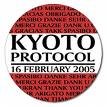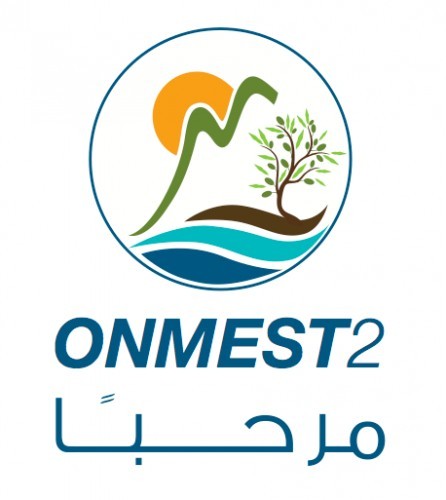
Kyoto Protocol
The Kyoto Protocol is a protocol with the objective of reducing greenhouse gases in an effort to prevent anthropogenic climate change.
It was adopted on 11 December 1997 by the 3rd Conference of the Parties, which was meeting in Kyoto, and it entered into force on 16 February 2005.
One hundred thirty-seven (137) developing countries have ratified the protocol, including Brazil, China and India, but have no obligation beyond monitoring and reporting emissions. These countries are committed to reducing their emissions of carbon dioxide and five other greenhouse gases (GHG), or engaging in emissions trading if they maintain or increase emissions of these green house gases. The United States is the only developed country that has not ratified the treaty and is the second greenhouse gas emitter. Among various experts, scientists, and critics, there is debate about the usefulness of the protocol.
The first commitment period of the Kyoto Protocol ends on December 31, 2012, and international talks began in May 2007 on a subsequent commitment period.
The Kyoto Protocol now covers 181 countries globally but only 60% of countries in terms of global greenhouse gas emissions.
The United States of America is the only developed country that has not joined the Kyoto Protocol. President George W. Bush "pulled out of the Kyoto Protocol in 2001, saying implementing it would gravely damage the US economy.
Governments are separated into two general categories:
· developed countries, referred to as Annex I countries (who have accepted greenhouse gas emission reduction obligations and must submit an annual greenhouse gas inventory)
· developing countries, referred to as Non-Annex I countries (who have no greenhouse gas emission reduction obligations but may participate in the Clean Development Mechanism)
Any Annex I country that fails to meet its Kyoto obligation will be penalized by having to submit 1.3 emission allowances in a second commitment period for every ton of greenhouse gas emissions they exceed their cap in the first commitment period.
Non-Annex I economies have no GHG emission restrictions, but when a greenhouse gas emission reduction project (a "Greenhouse Gas Project") is implemented in these countries the project will receive Carbon Credits, which can then be sold to Annex I buyers.
These Kyoto mechanisms are in place for two main reasons:
· There were fears that the cost of complying with Kyoto would be expensive for many Annex I countries, especially those countries already home to efficient, low greenhouse gas emitting industries, and high prevailing environmental standards. Kyoto therefore allows these countries to purchase (cheaper) carbon credits on the world market instead of reducing greenhouse gas emissions domestically,
· this is seen as a means of encouraging Non-Annex I developing economies to reduce greenhouse gas emissions through sustainable development, since doing so is now economically viable because of the investment flows from the sale of Carbon Credits
The objectives of these opposing groups are quite different. Annex I entities want Carbon Credits as cheaply as possible, whilst Non-Annex I entities want to maximize the value of Carbon Credits generated from their domestic Greenhouse Gas Projects.
The objective is to achieve "stabilization of greenhouse gas concentrations in the atmosphere at a level that would prevent dangerous anthropogenic interference with the climate system.
The Protocol also reaffirms the principle that developed countries have to pay billions of dollars, and supply technology to other countries for climate-related studies and projects.







 Karim Maalouf
Karim Maalouf
